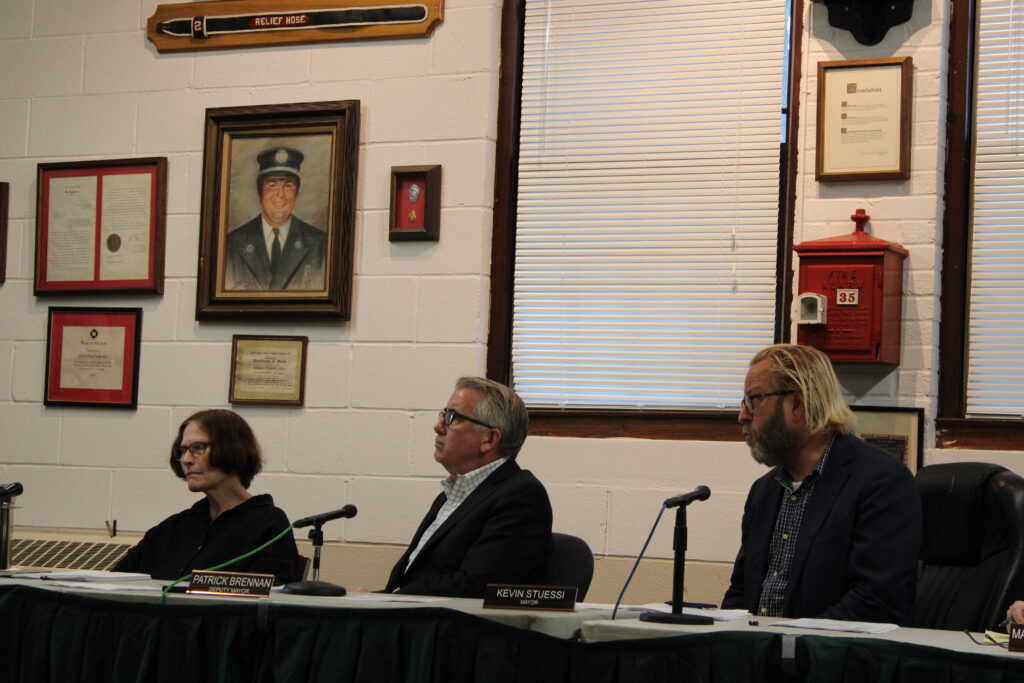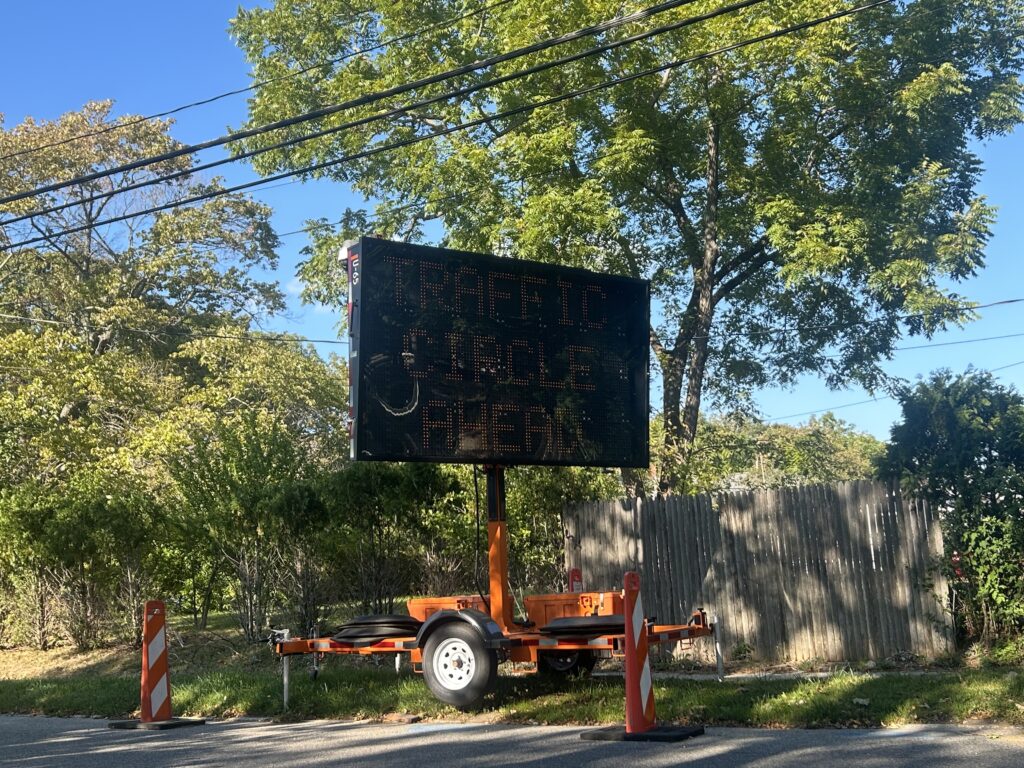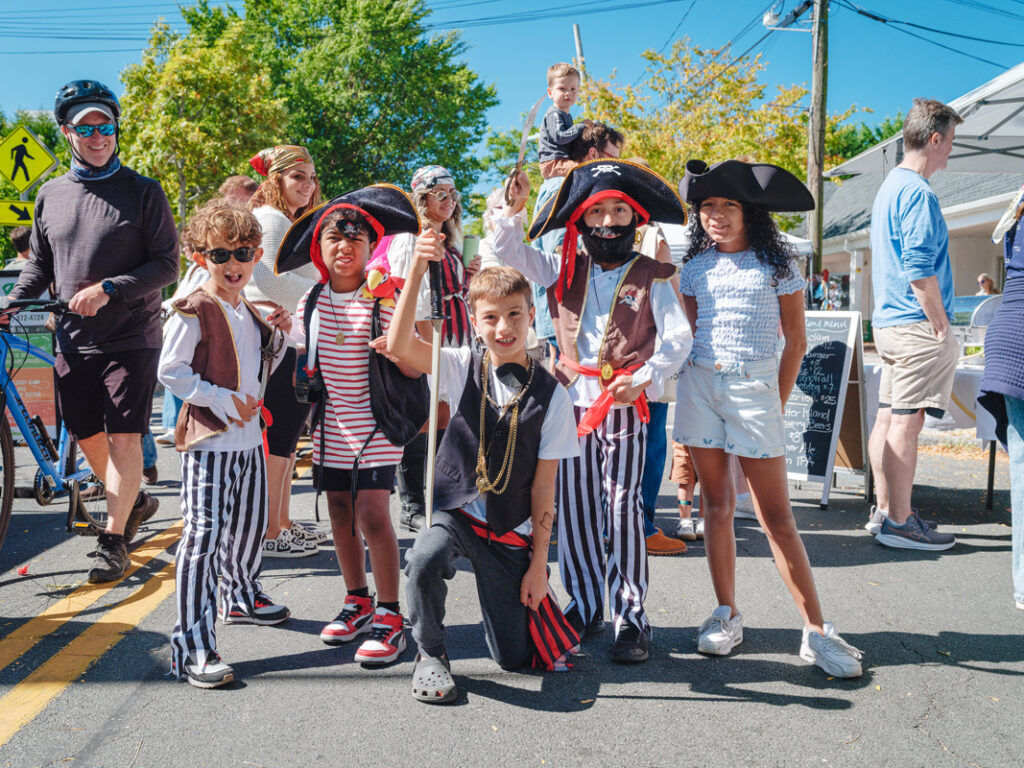Hidden gem: Greenport’s Historic Films Archive keeps the past present

Surrounded by a white picket fence, an unassuming two-story house on Third Street in the heart of Greenport holds a surprising secret: the premier archive of historic film footage in the United States.
“We’re a source for historic and musical footage that people use when they’re making documentary films, and we produce our own films using the material we have,” said Joe Lauro, founder of the Historic Films Stock Footage Archive. “We keep the archive here, and our clients are all around the world. So we’re supplying footage to nearly every documentary and TV series that needs archival footage.”

The archive has been in operation in Greenport for decades, but the business began in Manhattan in 1991 as the brainchild of Mr. Lauro and his business partner, the late Richard Plagge. Mr. Plagge had a house in Southampton, and Mr. Lauro’s in-laws were on Shelter Island, so when their business needed more space, they headed east.
“We said, ‘Let’s just go out, get out of town and do it where we can get room a lot cheaper,’” said Mr. Lauro. “Believe it or not, [in 1992] in East Hampton, we could get a lot of space cheap, so we moved it out there, and then in 2001, we purchased the building in Greenport, and we’ve been in this location ever since.”
One of the biggest factors in choosing a new home was making sure they still had access to FedEx, since clips were typically sent to clients daily in a hard copy format.
“Our research was done tape to tape. So we would have a massive tape archive, and we would have a database, and we do the research, and then we go to the shelf and physically take the tape off the shelf, edit reels together, and then have to FedEx,” operations manager Anthea Carr said. “It was always this rush to meet the four o’clock FedEx deadline, five days a week.”
As digital advances streamlined the work, the staff has diminished to a core of five people, most of whom have been working at the archive for decades.

“Around 2009 we decided to start digitizing and bringing our archive completely online,” Ms. Carr said. “It’s still an ongoing process. We have a completely customized system that we designed for our specific needs. So now everything’s just click. We can cut our shots, put the originals into bins, send them to clients right away. And I mean, we went from having 15 to 17 people working here to the core group that we have now, in part because everything just was simplified.”
Those who are still working the archive often came as young people and never left. Mark Heidemann, sales director, started as an intern while attending Southampton College 32 years ago and has been there ever since.
“Sometimes things can get a little [stale], and you might think, ‘Gosh, I should do something else,’” Mr. Heidemann said. “But then you get to see some of the stuff that we bring in that has never been seen before, and it just makes you fall in love with it all over again.”
Research director, Kevin Rice, had an inside hook because his sister worked at the archive. She has since moved on, but Mr. Rice just marked his 31st year.
“I was part time, and I was supposed to be temporary,” Mr. Rice said. “I was logging by hand, looking at the footage, writing all this on a pad. I ended up sticking. I was doing the research for clients, for projects that are looking for [footage] and then moved to sales and licensing.”
Much of what the archive does is process found material. Reels and tapes purchased at yard or estate sales often yield hidden gems that would have otherwise been lost to time.
“There’s always little gems that happen here,” Mr. Lauro said, noting how some of the collection comes from home movies. “A lot of film people will know what’s on the reels. Some of it is home movies. They might have filmed something extraordinary. Maybe they went some place that no longer exists, and there it is on film,” he said.
The archive is also able to digitize those home movies to ensure preservation.
“There’s some really great Americana out there that was important in some person’s life. Eventually, the estate gets whittled down, and people just discard things,” Ms. Carr said. “A lot of times, people are just happy to get the stuff transferred. So we’ll say, ‘Okay, we’ll transfer it for you. Here’s your copies for your family.’ And then it goes into our archive. And you never know, somebody might need that clip of the family barbecue in 1963.”
The upside of all that collecting is the ability to license the material to be used in programs.
“[An estate] will have their material archived, and if there’s licensing, meaning somebody wants to see this artist or this author or this poet on this program, that would filter through us, so you’ll always have sort of the person who’s in charge of the estate,” said Ms. Carr. “And if somebody’s looking for [footage,] they’ll say, ‘Contact Historic Films, and they’ll be able to get you the material that you’re looking for.’”

Over the years, different discoveries have left an impression on the archive’s staff. For Mr. Lauro, the recent acquisition of local footage of the infamous 1938 hurricane stands out.
“[A client] brings them in, we scan them, and sure enough, it’s the absolute best footage I’ve ever seen, documenting the worst hurricane to hit this area in two centuries — the streets of Greenport, the devastation that happened,” said Mr. Lauro. “There was also other stuff in color, of parades and things that were going on in town back then.”
Mr. Heidemann mentioned archived footage of baseball legend Ty Cobb that influenced Tommy Lee Jones’s portrayal of the slugger in a 1994 film. He also discovered a hidden gem in news outtakes from the 1927 opening of Coney Island.
“So we’re looking at it, logging it, nice shot of kids playing or whatever, and we see that there are these two people in the bottom corner of the screen that are really hamming it up and mugging and trying to get the attention from all the other kids. And they’re doing kind of an odd schtick, they’re slapping each other and they’re poking each other in the eyes,” Mr. Heidemann said. “Then you see the camera lens turn and it goes close on these two teenagers. Clear as a bell, you realize it’s Mo and Shemp Howard from the Three Stooges.”
For Mr. Rice, home movies of a local fisherman taking Marilyn Monroe on a charter cruise and news outtakes of Joan Crawford touring a Florida Pepsi factory stood out.
With decades of acquisitions on hand and new inventory constantly arriving, there is more material in the archive than any one group can possibly sift through, but this team is giving it all they have.
“As collectors, you sort of acquire and hope one day we’ll get through it,” Ms. Carr said. “We never will. We could probably be here for 100 more years and still be scrounging in the basement.”
Even so, the lure of discovering and preserving a slice of history keeps the staff coming back again and again.
“There’s a world of wonder and discovery,” Mr. Lauro said. “And that’s what keeps me doing it as long as I have. I just want to find the film.”









